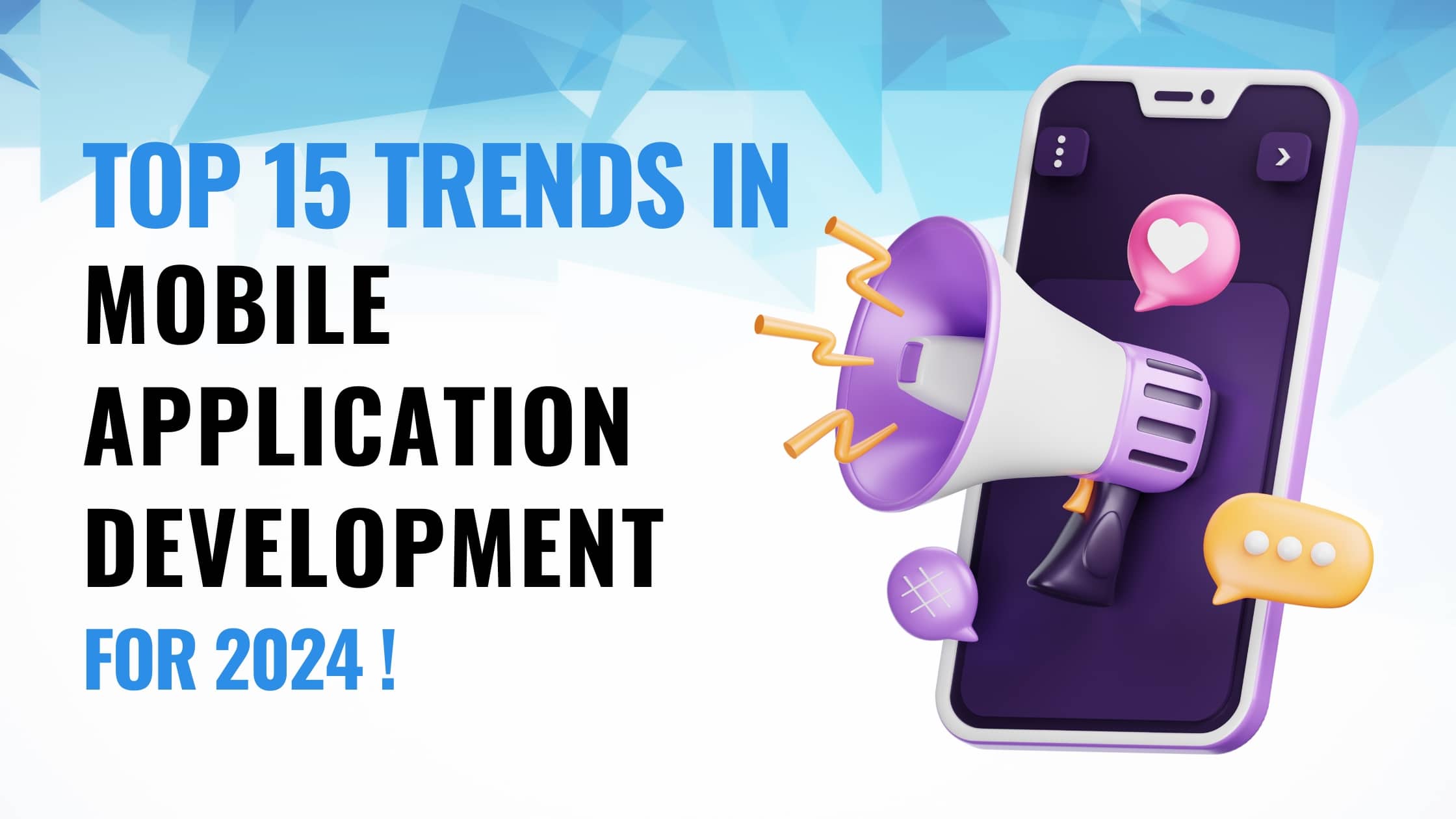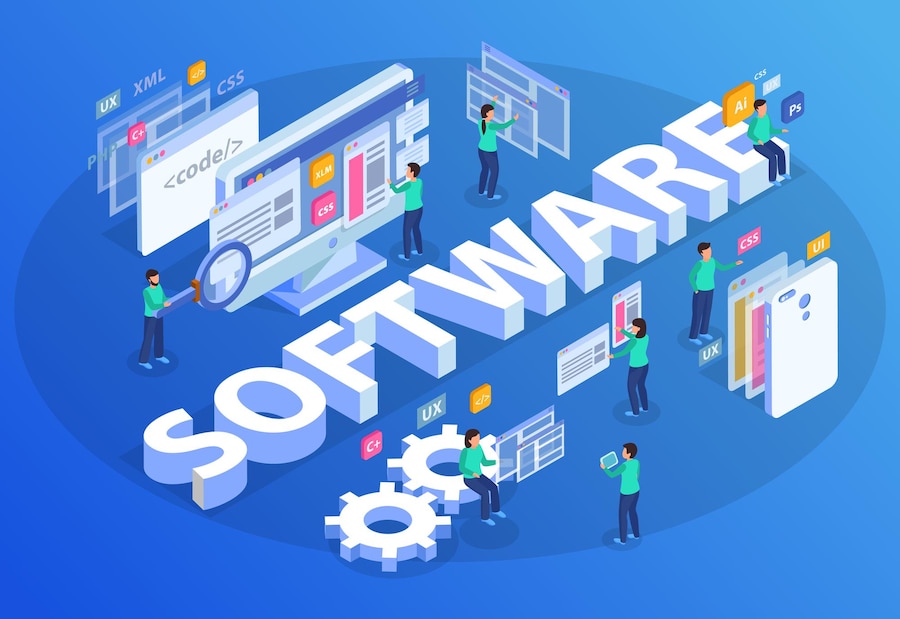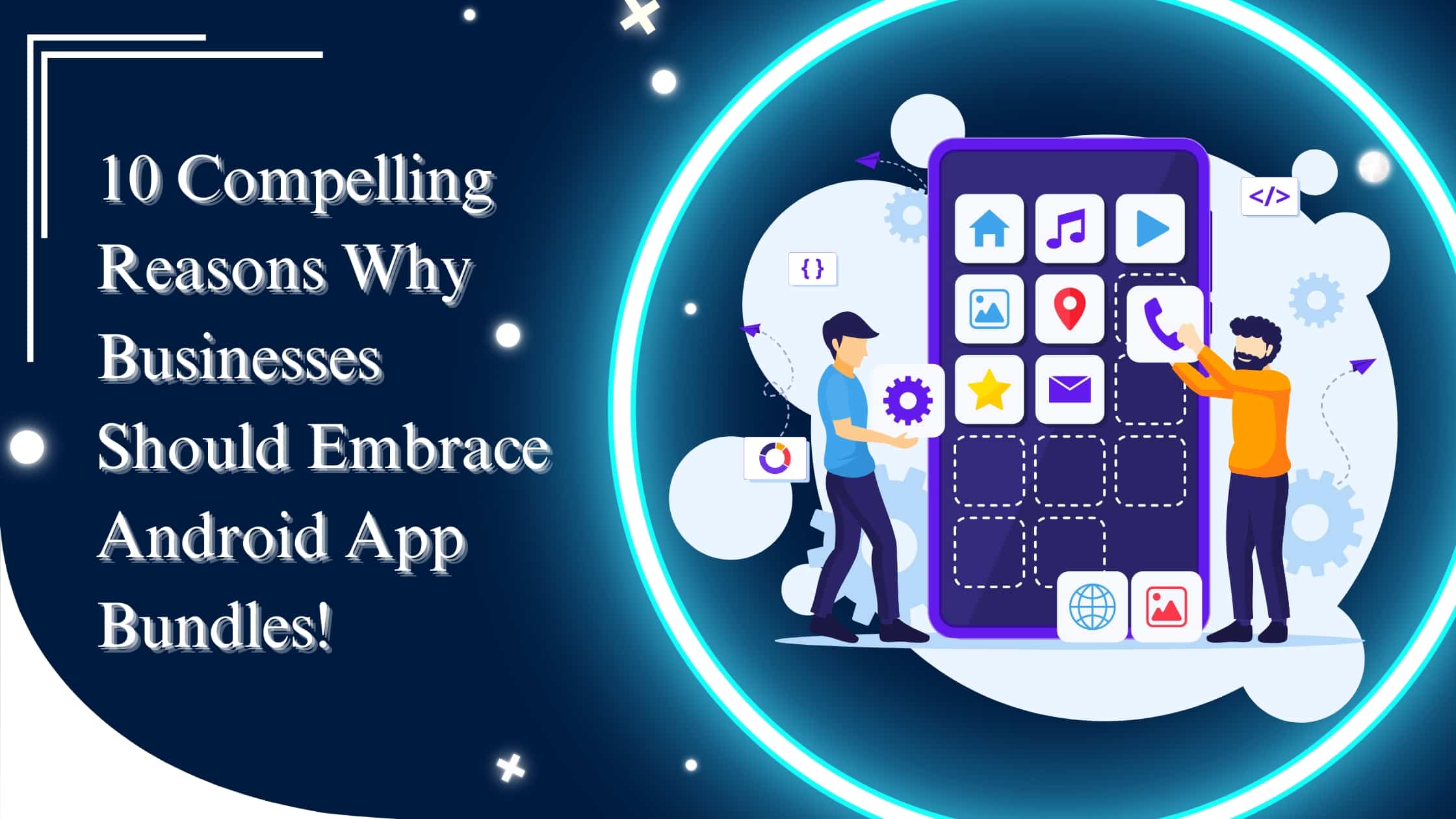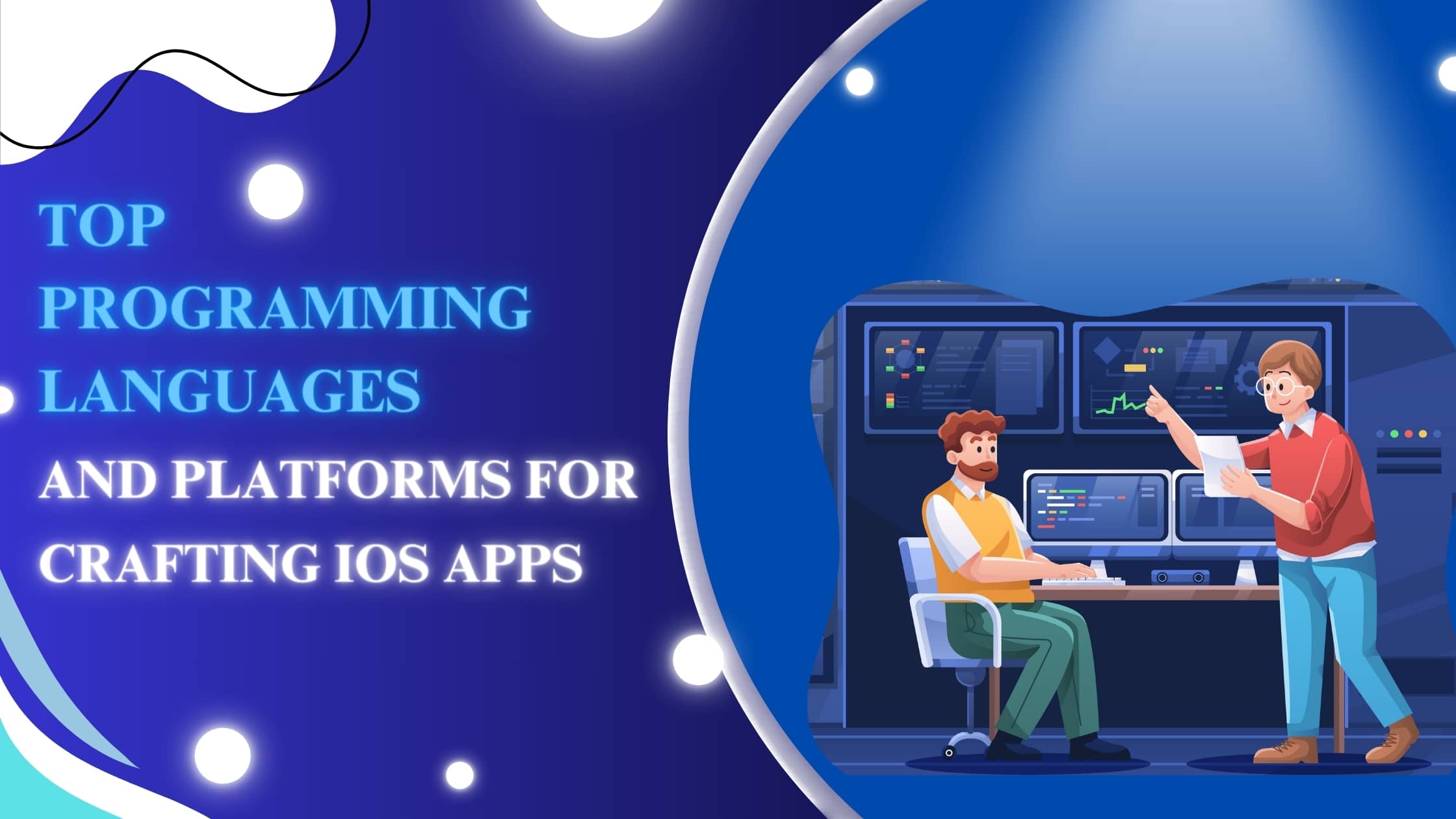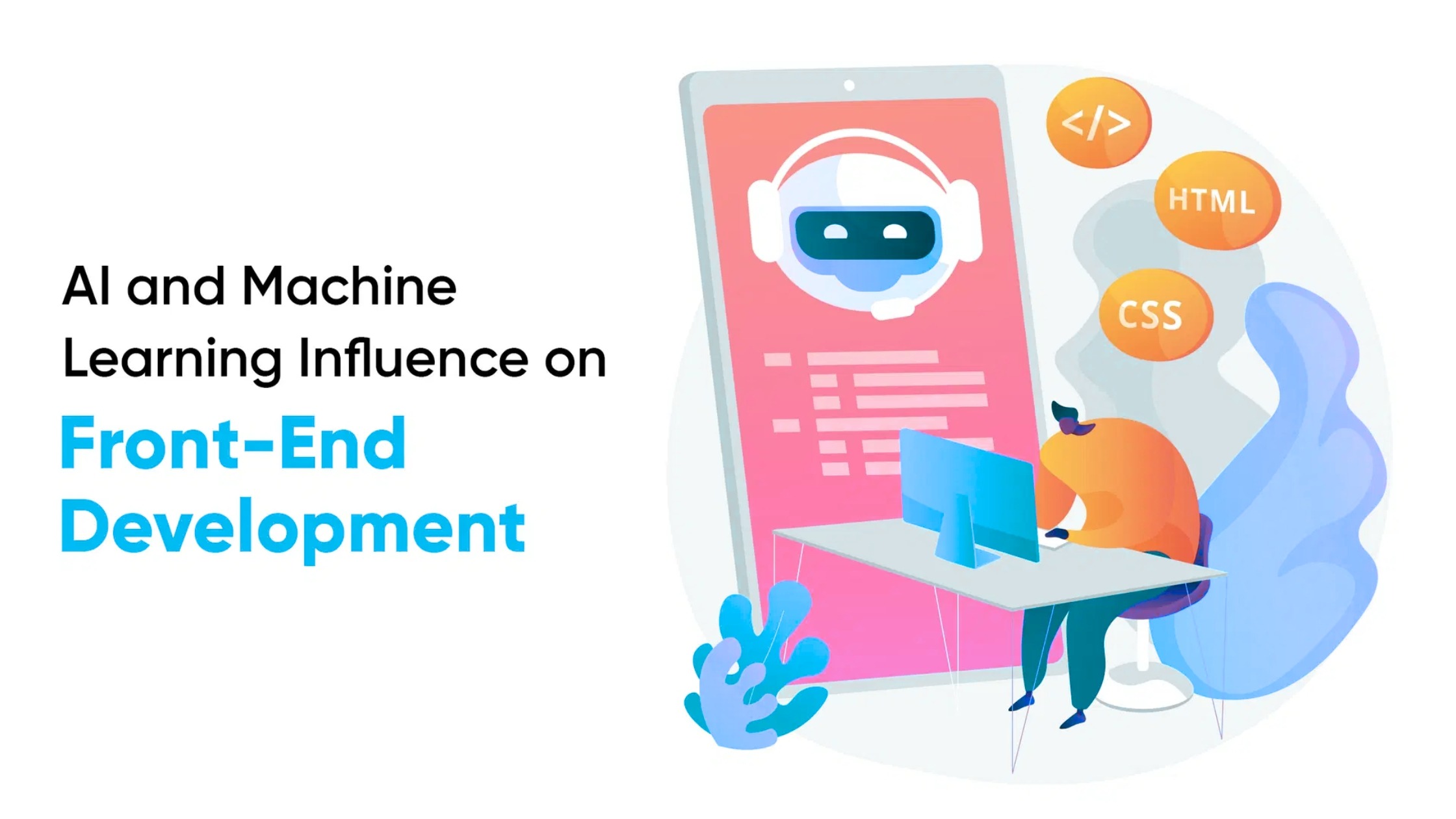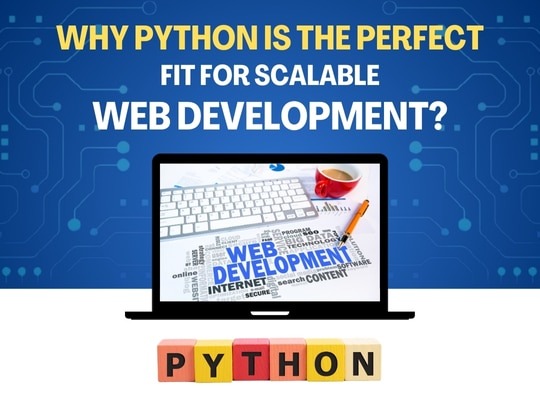The use of mobile in daily life is expanding day by day, and cheaper and faster internet connectivity greatly increases smartphone usage. Today, we use mobile phones for everything from grocery shopping to booking international flights, looking up recipes to watching movies. We feel incomplete without our phones, and businesses are looking for mobile app development services to help them create engaging and custom apps that will extend their reach.
The nature and usability of mobile apps have evolved over time due to changes in user tastes and needs, as well as technological innovations When it comes to mobile apps, other words. If companies want to attract customers and succeed with mobile applications, they need to communicate mobile app development. Aging is a major concern in this market; Innovation is constant, and consumers expect the latest. Only by staying current with innovation can you better serve your customers and grow your brand.
Mobile app technology refers to the various frameworks, libraries, tools, and resources used in the development of mobile apps. ASP.NET, PHP, Angular JS, and React Native are some of the popular frameworks. In today’s tech-savvy society, mobile apps have become essential tools for reaching global audiences and increasing sales. Mobile apps are more effective at expanding your digital footprint than traditional websites or older technologies.
Significance of Better Mobile Application Development Technologies
Mobile applications are to be had for the whole thing these days, from customer apps to corporation-stage answers and high-overall performance clinical solutions. To ensure dependability and capability, builders ought to adhere to cell app improvement tendencies and hire the greatest tech stack to be had; this typically involves beginning with the maximum popular frameworks and libraries.
You can also create packages that engage throughout devices, combine social media, provide a cloud garage, function with IoT gadgets, and more. The opportunities supplied through contemporary cell technology are limitless. They also help agencies make more earnings by growing packages that establish real-time interactions with devices for better facts evaluation.
Recent Trends in Mobile Application Development
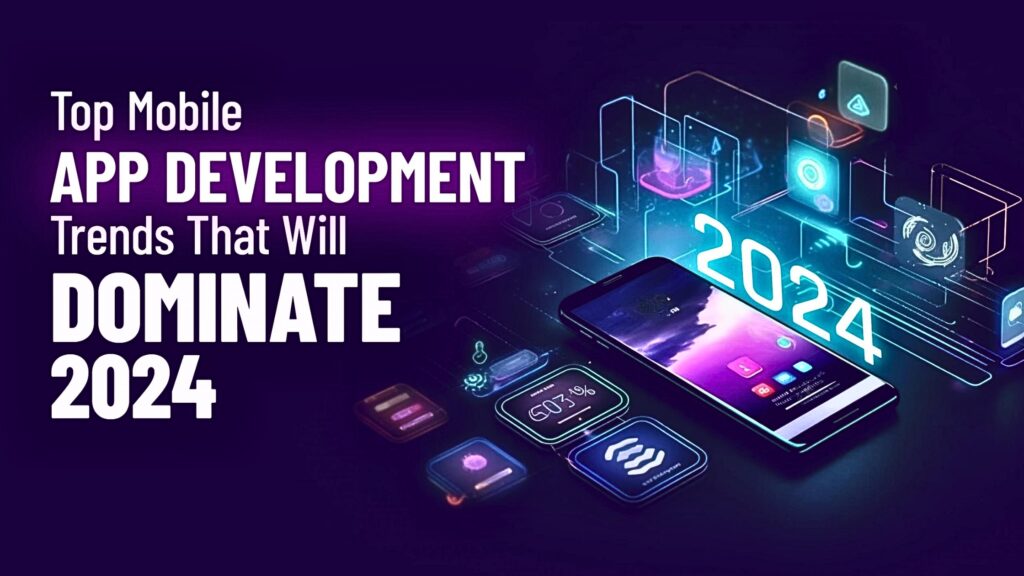
Internet of Things (IoT)
The Internet of Things (IoT) has profoundly inspired our each day lives. This superior technology contains a network of sensors gathering records from numerous devices, people, and machinery. In this interconnected environment, devices percent information to enhance overall performance and beautify customer service. This style of mobile app improvement is enduring, with customers gaining access to preferred offerings through dedicated apps that offer speedy, customized responses. Developers are leveraging IoT to create extra sturdy packages.
Uses:
- Mobile IoT apps beautify stock management, predictive renovation, and supply chain oversight, and streamline asset tracking.
- They permit interaction with smart sensors, statistics transfer and analysis, command transmission, and tool configuration.
- Remote manipulation of home protection systems and home equipment.
Benefits:
- Increased control for purchasers.
- Smart domestic technology guarantees safety even when users are away.
- Enhances administrative centre protection, productiveness, and performance.
- Predictive facts and streamlined strategies lessen fees.
- Improves consumer reveal in with brief responses.
- Boosts agility and mobility.
Apps for Foldables
The release of the Galaxy Fold by using the use of Samsung in 2019, followed by Motorola’s RAZR, marked the beginning of foldable smartphones. Consumer hobbies in this generation are growing, and this fashion is anticipated to maintain. According to Statista, 50 million foldable smartphones may be shipped globally this 12 months, presenting a good-sized possibility for app improvement. Foldable phones offer big presentations and the potential to open a couple of domestic home windows simultaneously, prompting corporations to grow apps mainly for the one’s gadgets. This gives a venture for builders to make certain seamless app standard performance on foldable.
Uses:
- Provide particular and immersive reviews.
- Offer extra records and controls.
Benefits:
- Enhanced experiences for video streaming and gaming.
- Multiple home windows for multitasking.
- Competitive edge for corporations with foldable tool apps.
Future Forecast:
- Anticipate a developing marketplace share for foldable gadgets, prompting organizations to broaden well-matched apps.
5G Connectivity
5G, the 5th era of cell networks, is a global wireless trend designed to connect diverse machines, devices, and gadgets. Although no longer new, 5G has garnered great excitement this year as agencies have an increasing number of comprise the era. By 2025, over 660 million smartphones with 5G connections are expected, accounting for more than 45% of devices.
Uses:
- Provides connectivity for edge computing.
- Delivers broadband-like mobile statistics carrier.
- Facilitates the use of IoT.
- Healthcare: wearables can alert doctors to patient crucial changes.
- Agriculture: farmers can higher screen cattle, land, and plants.
- Mission-important communique enables far-off management of infrastructure and medical processes.
Benefits:
- Enhanced consumer experiences in healthcare, gaming, and video streaming.
- Greater network capacity.
- Reduced costs in tracking and logistics.
- Easier and smoother immersive experiences.
Future Forecast:
- 5G speeds will be 100 times faster than 4G with 1 millisecond latency.
- Expect VR gaming apps and 3D printing apps.
- Faster and seamless data transfer between devices and reduced battery consumption.
- More accurate GPS-enabled apps.
Integration with Wearables
The call for wearables, in particular smartwatches, is on the rise. They display fitness and health, manage diseases, and ship crucial alerts. Currently valued at 71 . 9 billion USD, the wearable tech marketplace is developing yearly, using the need for apps that offer a connected environment. Developers are growing apps that allow statistics change among mobiles and wearables, improving user access to information. Apple makes a specialty of integration to create a cohesive ecosystem for its merchandise.
Uses:
- Fitness monitoring (steps, energy, workout routines).
- GPS monitoring (place and navigation).
- Health monitoring (O2 ranges, heart fee, blood strain).
- Special wearables for monitoring joggers and toddlers.
Benefits:
- Convenient and immediate tracking of important facts.
- Encourages healthier existence with personalized pointers.
- Access to texts and calls without the telephone in hand.
- Timely updates of essential information.
- Real-time instructions for far-flung students.
- Enhanced patient monitoring in hospitals.
Future Forecast:
- Increased adoption in healthcare with glucose sensors, coronary heart video display units, and wearable ECGs.
- Real-time commands for commercial workers to enhance performance.
- Advancements in clever glasses and get in touch with lenses for higher AR reviews.
- Market fee is projected to reach 380 billion via 2028.
Beacon Technology
Beacon technology, producing vast hobby in mobile app development, makes use of low-strength Bluetooth indicators to hook up with cellular gadgets inside a 100-feet variety. These tiny wireless transmitters speak with nearby mobile apps, often used by stores to ship notifications about unique gives. Fortune Business Insights predicts this market will develop at a 48.9% CAGR, accomplishing over 30 billion USD by 2026. Retail, real property and healthcare sectors are leveraging this technology extensively.
Uses:
- Delivers customized content material, offers, and notifications based on location.
- Enhances patron experiences.
- Tracks customer conduct in stores.
- Sends notifications about income whilst customers linger in specific sections.
Benefits:
- Local groups, together with hospitals and restaurants, benefit substantially.
- Provides on the spot to get admission to accurate facts.
- Enhances proximity advertising and marketing inside apps.
- Precise consumer detection.
- Sends lifestyle-saving notifications at some stage in emergencies.
Mobile Commerce
The mobile sector continues to grow, benefiting from the efforts of businesses ranging from content creators to global corporations. By 2021, mobile devices will account for more than 70% of all e-alternate profits, emphasizing the importance of cell e-trade packages.
Uses:
- Data mining for business insights.
- Understanding consumer behavior.
- AI chatbots provide 24/7 customer service.
- Predictive analytics to aid in enterprise decisions.
- Social media integration to find an audience.
Benefits:
- Informed business decisions.
- Streamlining common responsibility.
- Primarily conduct-based personal indicators.
- Increased security for cellular apps.
- Automated responses making sure seamless communique.
- Improved user reports and better conversion quotes.
Future Forecast:
- Growth in AI-generated speech, pix, and editing software for cell apps.
- More information-intensive apps use indigenous ML models.
- Apps looking ahead to consumer desires and adapting in actual time using voice instructions and facial popularity.
Artificial Intelligence and Machine Learning
Artificial Intelligence (AI) and Machine Learning (ML) keep to style due to ongoing enhancements. ML trains machines to recognize Patterns and behaviors that emerge from large data sets, and AI uses those models to provide intelligent reactions and solutions. Technologies such as ChatGPT have made Large Language Models (LLMs) available to regular people, resulting in a new startup boom.
Uses:
- Data mining provides corporate insights.
- Understanding consumer behavior.
- AI chatbots provide 24/7 customer service.
- Predictive evaluation assists in organizational choices.
- Social media integration to gain market information.
Benefits:
- Make informed business decisions.
- Normal responsibilities were simplified.
- Personalized suggestions based on factors other than conduct.
- Enhanced safety for cell apps.
- Automated responses making sure seamless communication.
- Improved personal reviews and better conversion rates.
Future Forecast:
- Growth in AI-generated speech, photographs, and enhancing software for cell apps.
- More information-intensive apps the usage of indigenous ML models.
- Apps search beforehand to client dreams and adapt in actual time the usage of voice commands and facial recognition.
Instant Apps
Introduced by Android, Instant Apps permit clients to attempt apps without setup, enhancing app discovery and client experience. The ‘Try Now’ button helps this, even though the characteristic is presently one-of-a-kind to Android.
Uses:
- Enhances app discovery.
- Provides an enriched user revel in.
- Access to app content without installation.
Benefits:
- Improved app visibility.
- Increased conversion charges.
- Saves storage space on personal devices.
- Agencies profit from increased competitiveness.
Future Forecast
- Increased adoption due to developers’ ability to build Android app versions fast.
Gamification
Gamification increases human engagement by introducing gaming elements such as badges, leaderboards, and factors. This strategy is especially successful among younger audiences.
Uses:
- Improves individual involvement.
- Increases app usage time.
- Promotes healthy competition in educational apps.
- Keeps clients focused on duties.
- Encourages self-motivation in healthcare apps.
Benefits:
- Increases the client’s hobby and inventiveness.
- Makes onboarding more appealing.
- Improves person retention and app downloads.
- Increases productivity by offering incentives for completed tasks.
Future Forecast:
- Increased use in industries such as healthcare, education, fintech, and retail.
Blockchain technology
Blockchain, which is frequently connected with bitcoin, provides consistent digital transactions and is increasingly being integrated into cellular apps. During the COVID-19 epidemic, virtual bills soared in line with this trend.
Uses:
- Tracking digital belongings.
- Securing virtual identities.
- Managing loyalty applications.
Benefits:
- Data safety through non-public decryption keys.
- Transparent transaction tracking with timestamps.
- Secure, contactless cell payments.
- Fraud prevention in price apps.
Future Forecast:
- Increased use of blockchain in anti-piracy, intelligent contracts, Blockchain-as-a-Service (BaaS) systems, and voting devices.
Augmented and Virtual Reality (AR/VR)
Beyond gaming, AR and VR are transforming a variety of industries, including fashion, healthcare, education, travel, and e-commerce. This era complements each physical and digital story.
Uses:
- Virtual try-ons for style and add-ons.
- Preview fixtures and home decor in actual settings.
- Assist in acting on complicated scientific strategies.
- Facilitate faraway gaining knowledge of.
Benefits:
- Delivers immersive, lifelike purchaser reports.
- Provides corporations with an aggressive edge.
- Reduces returns and repurchases by making sure clients make informed alternatives.
Future Forecast:
- Increased integration in remedy, tour, e-trade, education, and amusement.
- Development of apps leveraging area computing for quicker processing and reduced latency.
- Fully immersive VR reviews through extended truth technology.
Cross-Platform Mobile App Development
Cross-platform improvement arose from the restrictions of hybrid apps. Frameworks like Flutter have fuelled this trend, permitting apps to run on a couple of systems with constant overall performance.
Uses:
- Ensures consistent purchaser enjoy throughout structures.
- Single app for various working structures.
Benefits:
- Uniform UI/UX all through gadgets.
- Simplified aid and safety.
- Cost-powerful improvement.
- Wider audience reach.
Future Forecast:
- Increased name for flow-platform apps as producers understand their advantages.
On-Demand Apps
On-calls for apps like Uber, Airbnb, and Lyft have converted how services are accessed. This market, with over 22 million customers and almost 60 billion USD in investments, is poised for an additional boom.
Uses:
- Medical offerings.
- Grocery and meals shipping.
- Pet care and fitness.
- Home and salon offerings.
Benefits:
- Instant provider provision.
- Enhanced customer service.
- Wide range of on-hand services.
- Real-time order tracking.
- Builds purchaser loyalty.
Future Forecast:
- Simplification of app improvement strategies with modern platforms.
Voice recognition.
Voice User Interface (VUI) technology, as demonstrated by virtual assistants like Alexa and Siri, is becoming the primary mode of engagement.
Uses:
- Hands-free search and ordering.
- Sending SMS and making phone calls with voice instructions.
- Streamlined buyer interactions.
Benefits:
- Improved customer service using chats.
- Assistance that is specific to each individual.
- Improved accessibility for those who are otherwise able.
- Enjoy excellent user experiences.
Future Forecast:
- Natural, conversational ties between generations.
- Touchless user interfaces are frequently used.
Cloud computing integration.
Cloud technology, while not new, offers enormous promise for cell app development.
Uses:
- Performing complicated duties.
- Seamless updates and computer virus fixes.
- Real-time interactive person tales.
- Sharing massive documents without tool overload.
- Remote affected person care in healthcare apps.
Benefits:
- processing and garage potential.
Future Forecast:
- Growing demand for cell cloud computing.
- Expected market rate to exceed 118 billion USD by way of 2026.
- More possibilities for startups because of lower investment necessities.
Conclusion
The future of cell software development is both exciting and dynamic. To remain competitive, builders and business owners must be informed about current trends and adjust accordingly. Not all innovations must be incorporated into each app; nevertheless, understanding market movements and implementing applicable technologies may improve visibility, logo development, conversions, and profitability.

